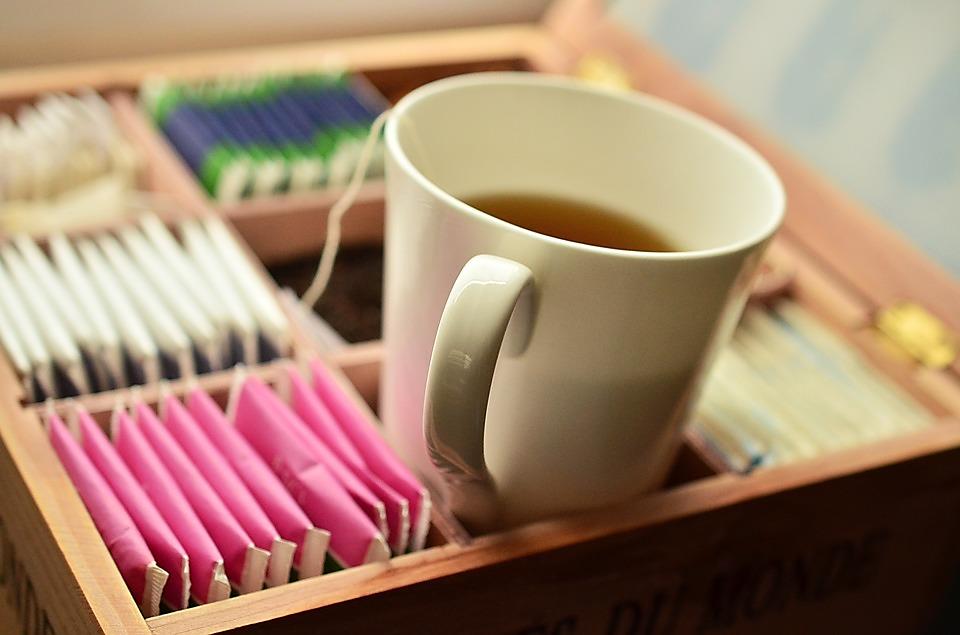
Ten (Five) Reasons Having a Water Cooler Is Good For You – Part II
- Low Maintenance
You don’t need to worry about tedious maintenance and upkeep with a new water cooler. Unlike most appliances, they are very easy to maintain. Most units only require that you keep the dispenser or dispensing area clean. This usually means emptying the drip tray as needed. Aside from this, you don’t need to worry – all our sanitation engineers and delivery drivers have undertaken mandatory hygiene training and we automatically sanitise all bottle-fed water dispensers every 3 months and all mains-fed water dispensers every 6 months.
- Features and Accessories
All AquAid Water Coolers offer features and options to best suit where they’re installed. For example, we assess whether you should be installing a bottle fed or mains fed water cooler and will recommend accordingly. A drinking chart is provided to illustrate how much water you should be drinking every day. For school installations, AquAid provide individual water bottles for the children.
- Convenient Water with a Pure Fresh Taste
With a water cooler, you can enjoy the convenience of having on-demand water whenever you want it. The water is pure, fresh and great tasting. Our bottled water is sourced from natural springs from three locations around the UK and our mains fed coolers have advanced filtration systems providing you with clean, fresh drinking water. Best of all you’ll enjoy not having to bring your own bottled water purchased from stores every day as you’ll have access to water all day.
- Charitable Aspect
Imagine that by your drinking water you’re benefitting those in need, and then speak to us because this is something that AquAid do. For each water cooler purchased and bottle of spring water that we deliver, a donation is made to the charities that we’ve supported since AquAid began.
- Drink More Water
Many people that install water coolers for themselves, their staff, children, patients and customers find that they drink more water because it’s readily available. This means that you can enjoy a healthier lifestyle because you are drinking the recommended amount of water per day.
Whatever your water cooler requirements are, AquAid have more than twenty years of experience in the provision of the right water cooler for your work space – wherever you’re situated and whatever space you occupy throughout England, Northern Ireland and Scotland.





